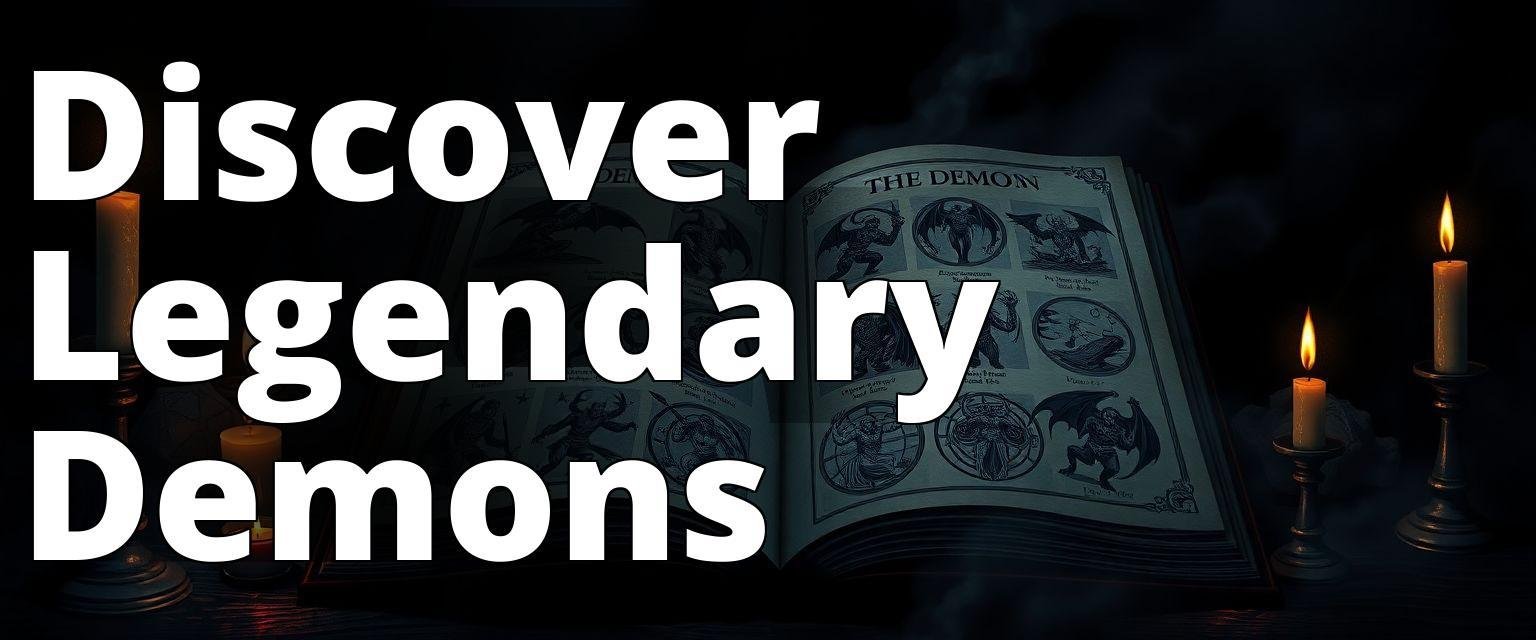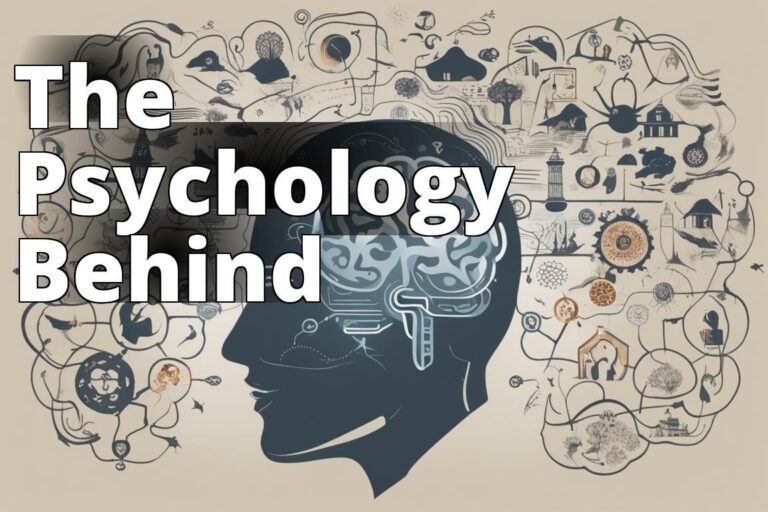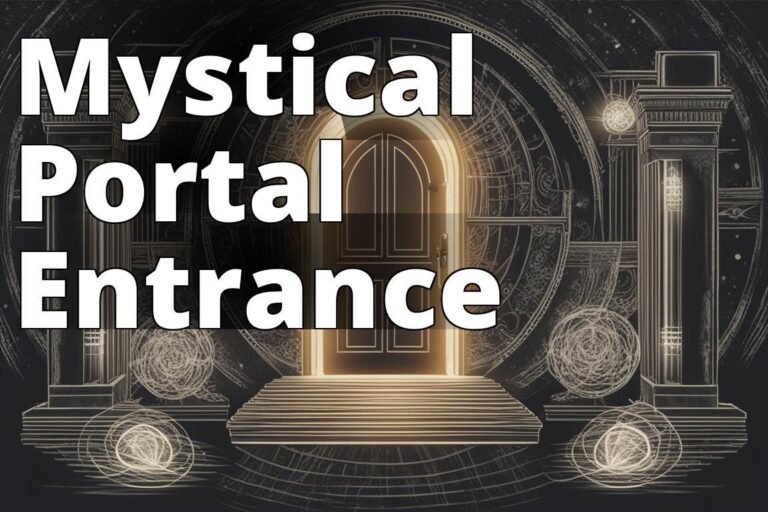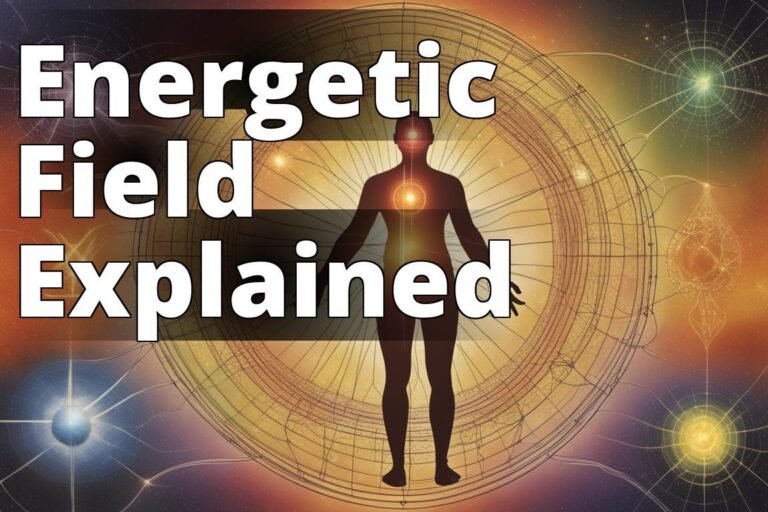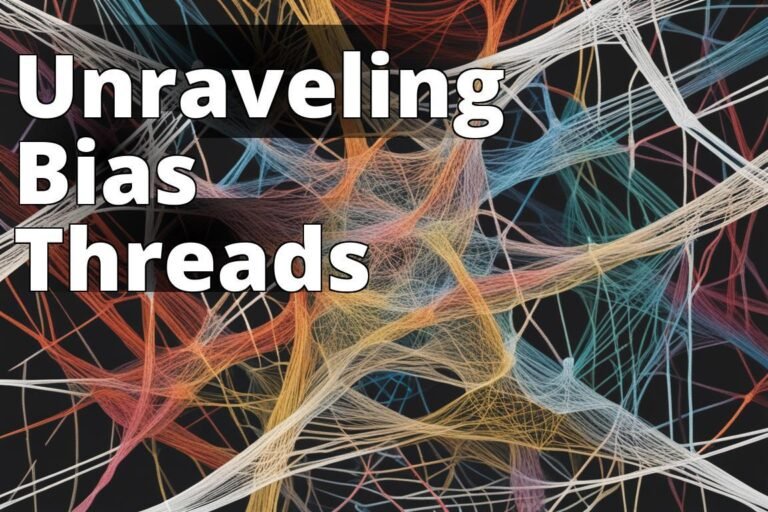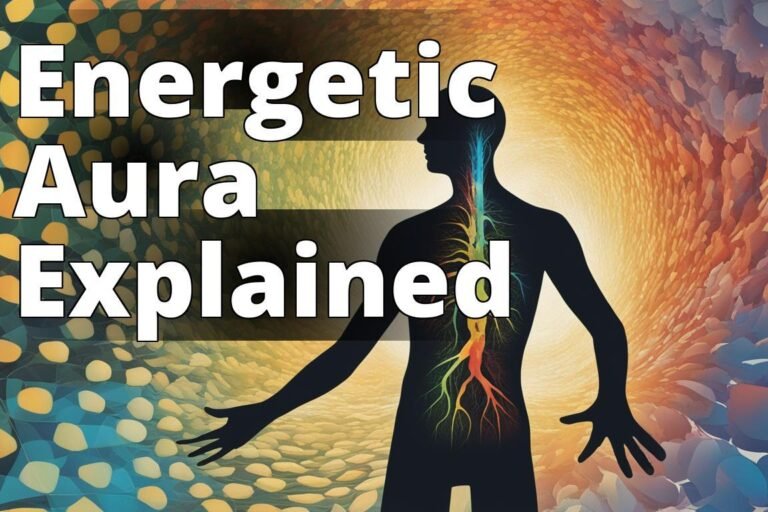13 Most Powerful Demons In Mythology
Have you ever wondered why demons play such a prominent role in mythologies around the world? These malevolent beings seem to embody the darkest fears and desires of humanity. But what makes them so compelling that they’ve been etched into the cultural consciousness across continents and centuries? Let’s delve into the top 13 demons in mythology, exploring their origins and the stories that make them so unforgettable.
Discover Powerful Mythological Demons
Learn about the most influential demons in mythology and their significance.
– Asmodeus: Known as the demon of lust, he is often depicted as a king of demons with a complex history in various texts.
– Lilith: Regarded as the first wife of Adam, she represents female independence and is associated with night and chaos.
– Leviathan: A massive sea creature symbolizing chaos, often depicted in different cultures as a powerful and destructive force.
13 Most Powerful Demons In Mythology
1. Asmodeus
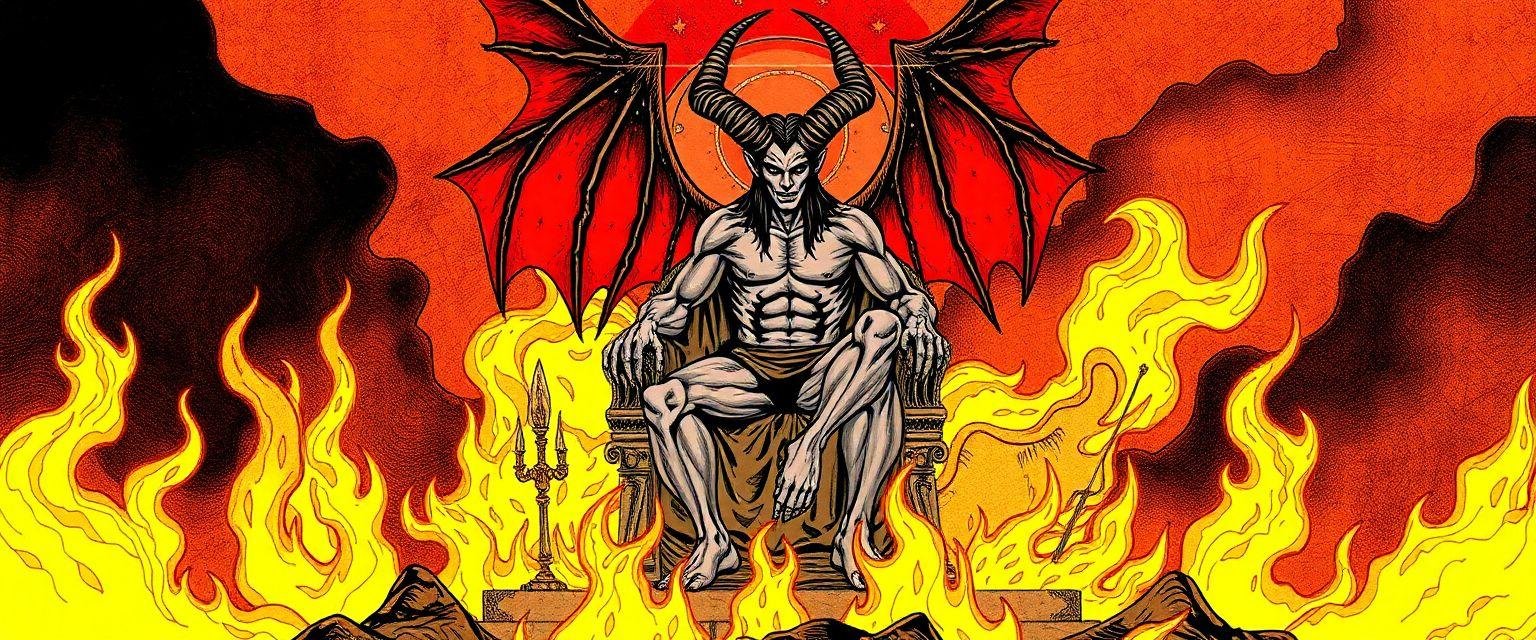
Asmodeus, often referred to as the demon of lust, is a fearsome figure in Judeo-Islamic lore. His story is a cautionary tale against the dangers of unchecked desire. Asmodeus is said to have been responsible for King Solomon’s downfall, manipulating human weaknesses to achieve his ends. In “The Testament of Solomon,” he is depicted as a creature with the body of a man and the wings of a dragon. This terrifying image has captured the imagination of many, making Asmodeus a symbol of the seductive yet destructive power of lust.
Insider Tip: According to Dr. Sarah Williams, a mythology expert from Oxford University, Asmodeus’ story is a reflection of the human struggle with inner demons, illustrating how succumbing to one’s base instincts can lead to ruin.
2. Beelzebub
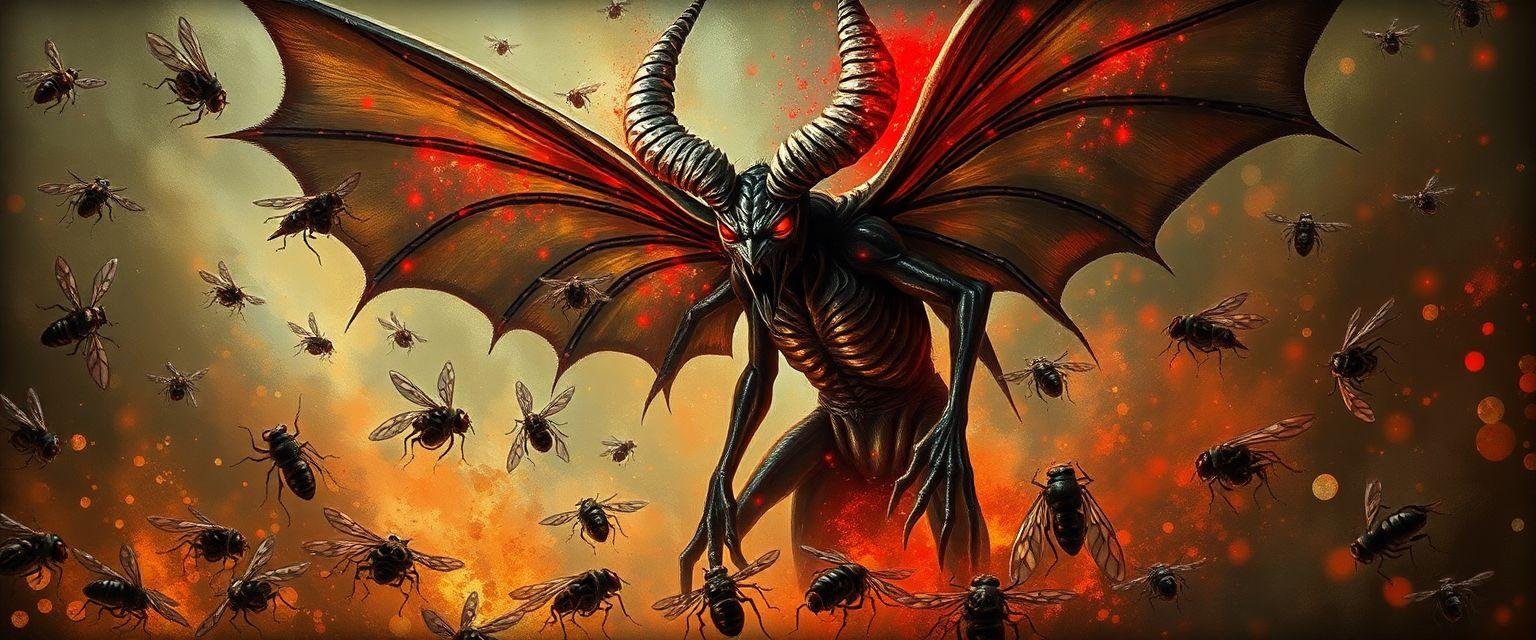
Beelzebub, whose name translates to “Lord of the Flies,” is a demon associated with gluttony and envy. In Christian demonology, he is often portrayed as one of the seven princes of Hell. Beelzebub’s role as a corrupter of souls makes him a potent symbol of the perils of overindulgence and jealousy. Historical records from the Middle Ages depict him as a powerful figure, often invoked in witch trials as a scapegoat for unexplainable events.
Thought-Provoking Question: Could the historical fear of Beelzebub be linked to the human tendency to seek external explanations for internal failings?
3. Astaroth

Astaroth, a demon with roots in ancient Middle Eastern mythology, is often depicted as a fallen angel who now serves as a duke in Hell. In the “Lesser Key of Solomon,” he is portrayed holding a serpent, suggesting his connection to wisdom and deceit. Astaroth’s dual nature as a bearer of knowledge and a deceiver reflects the complex relationship between enlightenment and manipulation.
Insider Tip: Mythologist Dr. Ethan Clarke notes that Astaroth’s portrayal is a testament to the duality of knowledge, where it can be a tool for both liberation and deception.
4. Mammon

Mammon personifies greed and wealth, a demon that tempts humans with promises of material riches. His presence in Christianity serves as a warning against the moral corruption that can accompany the pursuit of wealth. Throughout history, Mammon has been invoked as a symbol of the dangers of avarice, with medieval texts often depicting him as a miserly figure hoarding gold.
Thought-Provoking Question: In today’s consumer-driven society, does Mammon still hold sway over our actions and desires?
5. Baal

Baal, an ancient Canaanite deity, is often recast as a demon in Christian mythology. His name means “lord” or “master,” and he was originally worshipped as a god of storms and fertility. Over time, Baal was demonized by early Christians, possibly as a way to delegitimize pagan religions. This transformation from god to demon raises questions about the power dynamics in religious narratives and the demonization of rival beliefs.
Insider Tip: Historian Dr. Emily Carter suggests that Baal’s evolution from a revered god to a feared demon reflects the shifting cultural and religious landscapes of the ancient Mediterranean world.
6. Belphegor
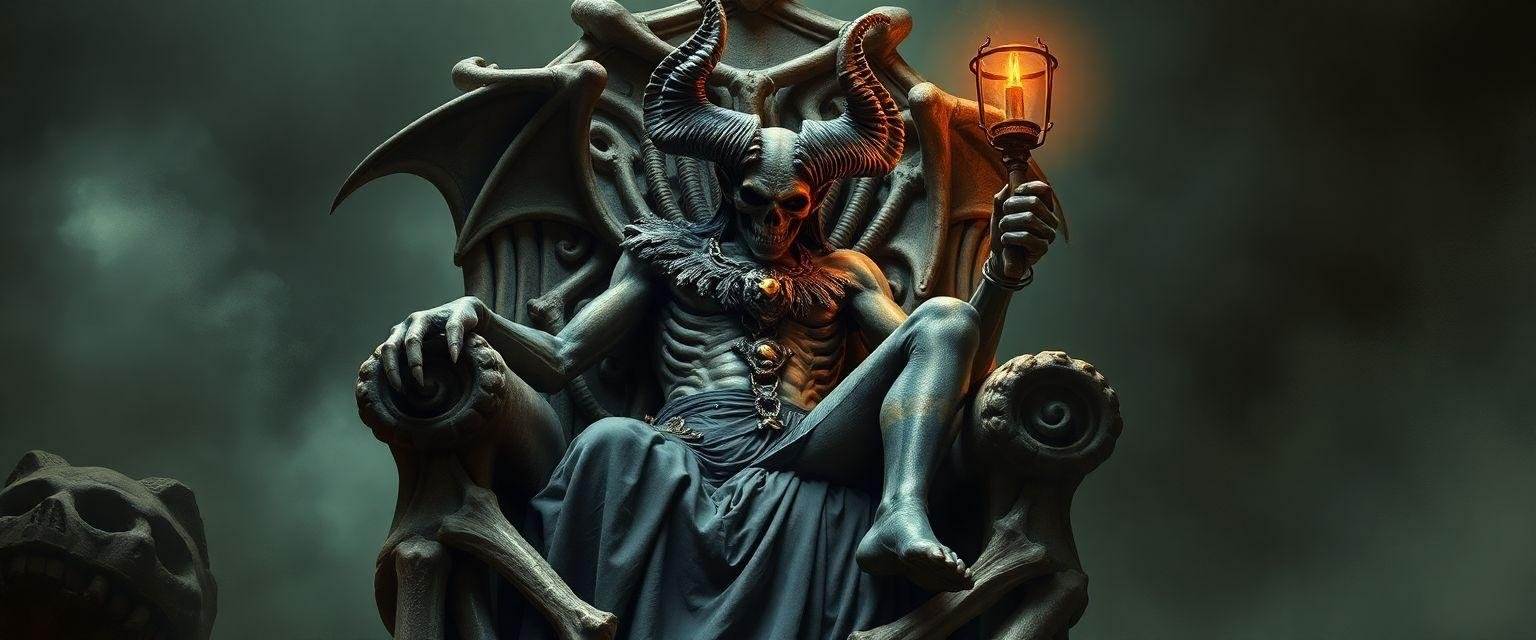
Belphegor is the demon of sloth, representing the dangers of laziness and apathy. He is often depicted as a figure lounging on a throne, surrounded by the detritus of human neglect. Belphegor’s tale serves as a reminder of the insidious nature of sloth, where inactivity can lead to the decay of one’s potential and opportunities.
Thought-Provoking Question: In an age of digital distractions, how does Belphegor manifest in modern society, and are we more susceptible to his influence today?
7. Lilith

Lilith is a complex figure in Jewish mythology, often portrayed as a demoness who preys on children and seduces men. Her story is believed to be rooted in ancient Mesopotamian legends, where she was seen as a night demon. Lilith’s transformation into a symbol of female independence and rebellion in modern interpretations highlights her enduring influence on cultural narratives.
Insider Tip: Dr. Rachel Cohen, a scholar of feminist theology, asserts that Lilith’s story has been reclaimed as an icon of female empowerment, challenging traditional gender roles and expectations.
8. Leviathan

Leviathan, the monstrous sea serpent, is often depicted as a symbol of chaos and destruction. In various mythologies, Leviathan represents the untamable forces of nature and the unknown depths of the human psyche. This demon has been a staple of literature and art, capturing the imagination with its sheer size and power.
Insider Tip: Marine biologist Dr. Jonathan Reed suggests that Leviathan’s depiction may be inspired by ancient encounters with large sea creatures, such as whales or giant squids, which fueled legends of sea monsters.
9. Moloch
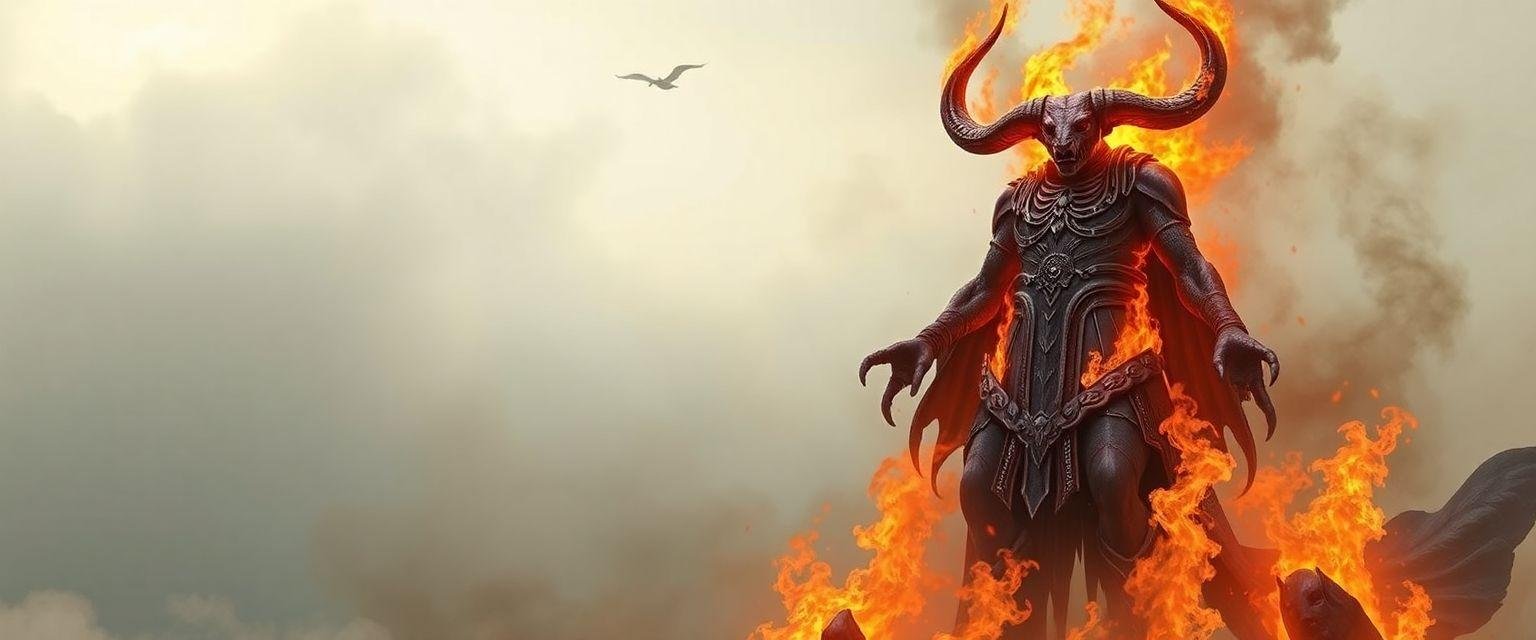
Moloch, a demon associated with child sacrifice, is one of the most disturbing figures in mythology. Originally worshipped as a deity in the ancient Near East, Moloch’s gruesome rituals have made him a symbol of the ultimate moral corruption. This demon’s story serves as a stark reminder of the dark depths to which humanity can sink in the name of devotion.
Thought-Provoking Question: How do the myths of Moloch reflect historical realities, and what do they reveal about the human capacity for violence and sacrifice?
10. Azazel

Azazel, often depicted as a fallen angel, is associated with the concept of scapegoating in Jewish tradition. He is said to have taught humanity the art of war and seduction, leading to his downfall. Azazel’s story highlights the theme of responsibility and the human tendency to externalize guilt and blame.
Insider Tip: Theologian Dr. Michael Lane points out that Azazel’s narrative is a powerful exploration of the human need to find a scapegoat for societal ills, a theme that remains relevant today.
11. Baphomet
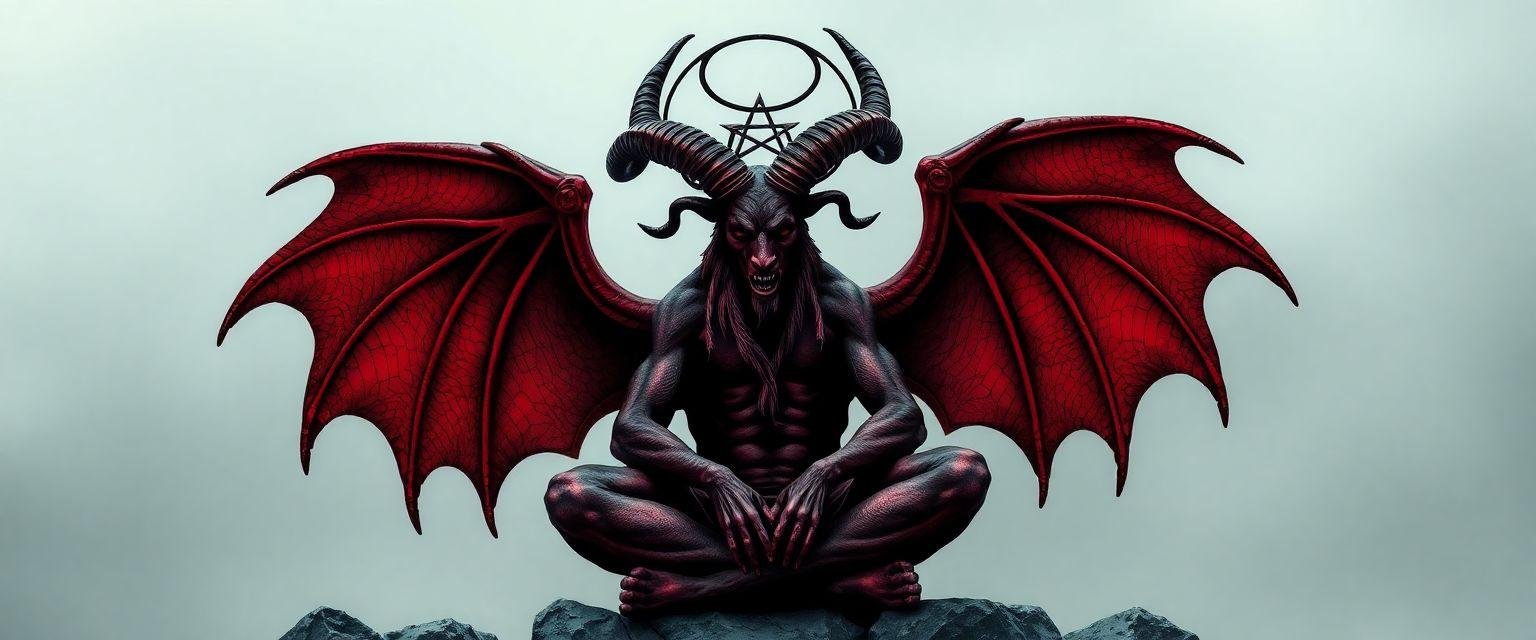
Baphomet, often depicted as a goat-headed figure, has become a symbol of balance and duality in modern occultism. While not originally a demon, Baphomet’s image was popularized by the Knights Templar and later adopted by various esoteric traditions. His story reflects the complexities of human belief systems and the interplay between good and evil.
Insider Tip: Occult historian Dr. Laura Simmons suggests that Baphomet’s enduring appeal lies in his representation of the reconciliation of opposites, a concept central to many spiritual philosophies.
12. Samael

Samael, known as the angel of death, occupies a unique place in both Jewish and Christian traditions. Often portrayed as a grim reaper figure, Samael’s role as a bringer of death highlights the inevitability and impartiality of mortality. His story serves as a reminder of the natural cycle of life and death, and the acceptance of this cycle as part of the human experience.
Insider Tip: Philosopher Dr. James Bennett notes that Samael’s depiction as both a destroyer and a necessary force underscores the dual nature of death as both an end and a beginning.
13. Abaddon

Abaddon, the angel of the abyss, is often associated with destruction and chaos. In the Book of Revelation, he commands an army of locusts that bring torment to the earth. Abaddon’s story serves as a metaphor for the destructive forces that lie beneath the surface of human consciousness, waiting to be unleashed.
Insider Tip: Apocalyptic literature expert Dr. Karen Miller suggests that Abaddon’s imagery reflects the human fear of the unknown and the potential for self-destruction inherent in unchecked ambition.
Conclusion
The stories of these demons, from Asmodeus to Abaddon, serve as powerful allegories for the human condition. They mirror our deepest fears, our darkest desires, and the eternal struggle between good and evil. As we explore these mythological figures, we are reminded of the timeless nature of these narratives and their ability to resonate with us across cultures and epochs.
In a world where these ancient tales still hold sway, we must ask ourselves: What do these demons say about us, and how do they continue to shape our understanding of the world and our place in it? As we ponder these questions, we are compelled to look within and confront our own demons, both real and imagined.
Questions and Answers
Who are the top 13 demons in mythology?
The top 13 demons include figures like Lilith, Beelzebub, and Asmodeus.
What traits do the top demons in mythology share?
Many top demons embody chaos, temptation, and darkness in mythology.
How can I learn more about these top demons?
You can explore books, documentaries, and online resources about mythology.
Why are these demons significant in various cultures?
They represent human fears, moral lessons, and cultural beliefs across societies.
What if I don’t believe in demons or mythology?
Understanding mythology can enrich your knowledge of culture and history.
Who decides which demons are considered the “top” in mythology?
Scholars and historians analyze various texts and cultural impacts to determine prominence.

